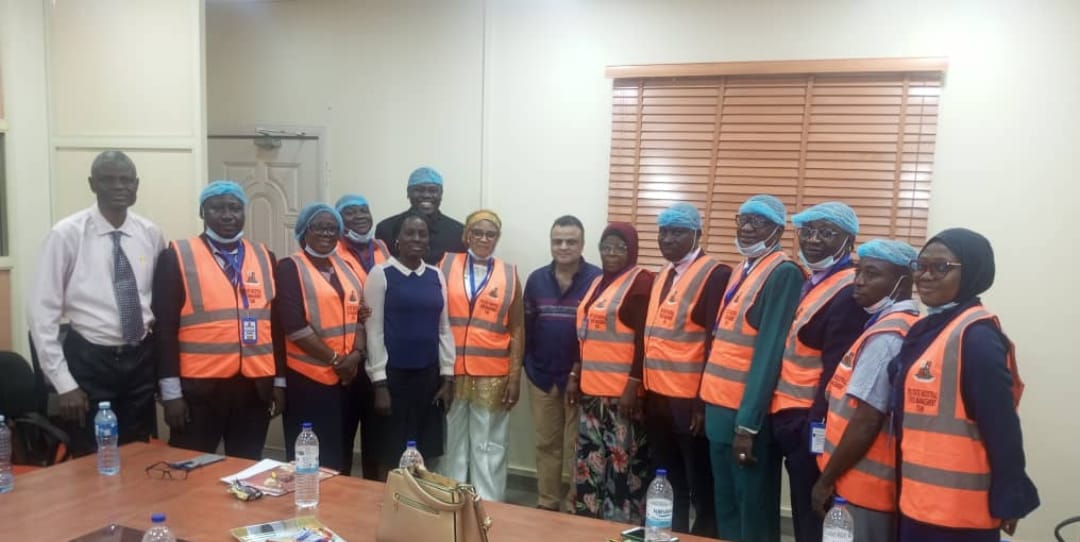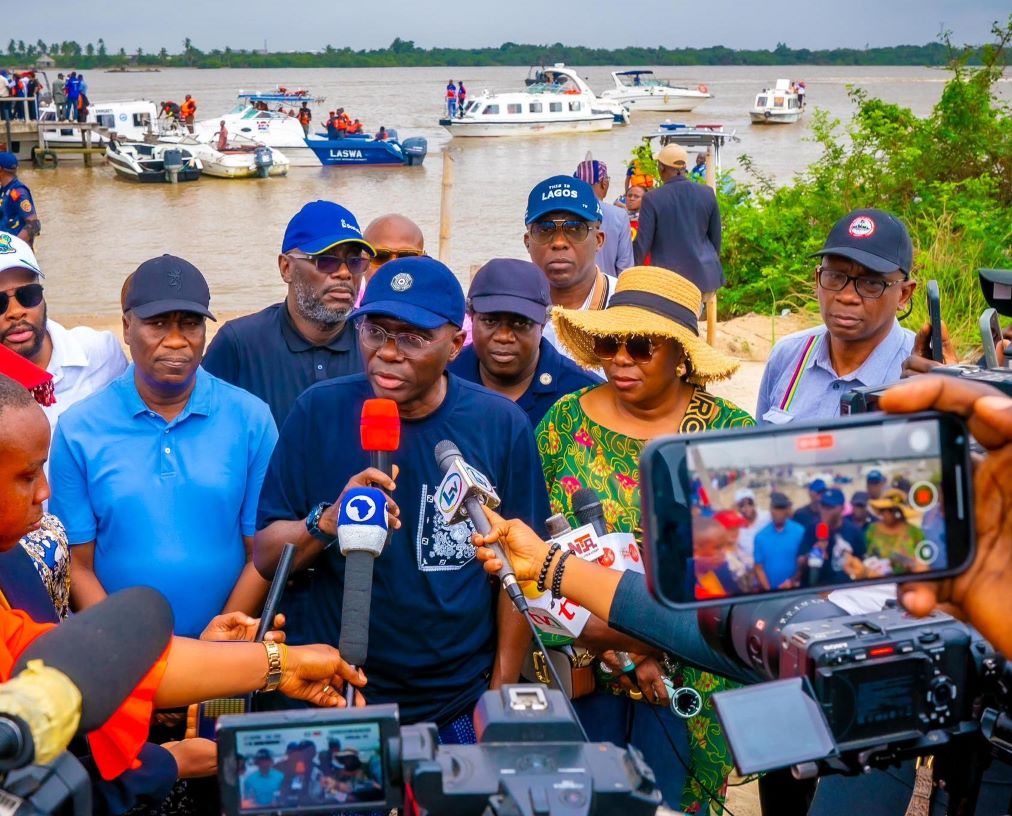Ending GBV in Nigeria requires action at all levels. By addressing patriarchal norms, poverty, and weak systems through education, legal reforms, and global partnerships, we can build a safer future. As an educator, I call on communities to unite, amplify survivor voices, and ensure justice, making Nigeria a model for equality.
Gender-based violence (GBV) remains a critical human rights issue in Nigeria, affecting one in three women, with 31% of women aged 15-49 experiencing physical violence and 9% facing sexual assault, according to the 2018 Nigeria Demographic and Health Survey. GBV, encompassing physical, sexual, psychological, and economic abuse, is rooted in patriarchal norms, poverty, conflict, and weak legal enforcement. In Nigeria, forms like domestic violence, female genital mutilation (FGM)—affecting 27% of women—and child marriage are prevalent, exacerbated by crises like COVID-19, which saw a 56% spike in GBV reports in 2020. In 2025, 22 women were killed due to GBV, prompting calls for a state of emergency.
Patriarchal norms justify violence, with cultural practices like FGM and early marriage normalized in some communities. Poverty drives economic dependency, increasing vulnerability, while conflicts in the North East, such as Boko Haram’s actions, involve rape and forced marriages. Weak enforcement of the 2015 Violence Against Persons Prohibition (VAPP) Act allows impunity, with only 1% of rape cases prosecuted in some regions. Digital GBV, like cyberstalking, is rising, and stigma silences survivors, with only 40% seeking help. Funding shortages limit shelters and services.
GBV causes physical injuries, infertility, and mental health issues like PTSD. It leads to school dropouts, with 22% of Ethiopian students affected, a trend mirrored in Nigeria. Economically, it costs billions in lost productivity. Socially, it perpetuates cycles of trauma and inequality.
At the individual level, education on gender equality and bystander intervention, as promoted by UNICEF, empowers communities. Community-level efforts, like the Spotlight Initiative’s work in Nigeria, engage traditional leaders to shift norms. Nationally, strengthening the VAPP Act’s enforcement and establishing sex offender registries, as initiated in 2020, are critical. Globally, UN Women’s 16 Days of Activism (2025) raises awareness, while USAID’s training of 2,387 healthcare workers enhances service delivery. Digital tools like Text4Life enable self-reporting of GBV. Increased funding and inter-agency coordination, as seen in the National GBV Data Situation Room, are vital.
A Personal and Global Mission to End Gender-Based Violence
I have witnessed the pervasive shadow of gender-based violence (GBV) in the stories of women, men, and children in my community. From the young girl in my classroom who flinches at sudden movements due to abuse at home to the market vendor enduring harassment to secure her livelihood, GBV is a daily reality that stifles dreams and perpetuates inequality. Defined by the United Nations as any act causing physical, sexual, psychological, or economic harm based on gender, GBV affects one in three women globally—approximately 736 million individuals—according to UN Women’s 2024 report. In Nigeria, the 2018 Nigeria Demographic and Health Survey reveals that 31% of women aged 15-49 have experienced physical violence, and 9% have faced sexual assault.
In 2025, as we approach the midpoint of the Sustainable Development Goals (SDGs) timeline, with Goal 5 aiming to eliminate violence against women and girls by 2030, the urgency to address GBV at all levels—individual, community, national, and global—cannot be overstated. GBV manifests in homes, schools, workplaces, digital spaces, and conflict zones, requiring a holistic, multi-level approach to eradicate it. This 5000-word article, written from my perspective as an advocate and educator, explores the scope, causes, consequences, and ongoing efforts to combat GBV, emphasizing practical strategies to stop it at every level. Through data, survivor stories, and evidence-based solutions, I aim to educate, inspire, and mobilize readers to join the fight for a world where no one lives in fear due to their gender.
Defining Gender-Based Violence: Understanding the Scope
Gender-based violence is any harmful act perpetrated against an individual based on their gender, rooted in power imbalances and societal norms. The Council of Europe’s Istanbul Convention (2011) categorizes GBV into four primary forms: physical (e.g., beatings, femicide), sexual (e.g., rape, harassment), psychological (e.g., gaslighting, threats), and economic (e.g., denying financial access). Emerging forms include digital GBV, such as cyberstalking and non-consensual image sharing, affecting 23% of women globally, per Amnesty International’s 2025 survey. Harmful traditional practices like female genital mutilation (FGM), impacting 230 million women, and forced marriage, affecting 12 million girls annually, are also forms of GBV, according to WHO and UNICEF 2025.
In Nigeria, where I work, domestic violence is prevalent, with 56% of women in Lagos reporting abuse during COVID-19 lockdowns. In workplaces, 35% of women globally face harassment, per the International Labour Organization (ILO) 2024. In conflict zones like the Democratic Republic of Congo, rape is used as a weapon, with 48,000 cases reported in 2024. Intersectionality compounds risks: Black women in the US face 2.5 times higher homicide rates, and trans women experience violence at four times the rate of cisgender women, per CDC and Human Rights Watch 2024. Understanding this spectrum is critical for crafting effective interventions.
The Global Scale of GBV: A 2025 Snapshot
GBV’s global prevalence is staggering. UN Women’s 2024 data estimates that 736 million women—one in three—have experienced intimate partner or non-partner violence, with rates escalating to 70% in humanitarian crises. In the United States, the CDC’s 2024 report notes 53% of women and 29% of men have faced contact sexual violence, costing $3.1 trillion annually in healthcare and lost productivity. In the UK, the 2025 Commons Library briefing reports violence against women and girls (VAWG) accounts for 20% of police-recorded crime, with domestic abuse rising 6% post-pandemic.
In Latin America, Brazil’s 2025 Americas Quarterly analysis shows 37.5% of women aged 16 and over faced violence last year, with a femicide rate of 4.8 per 100,000. Mexico’s Vision of Humanity 2025 report links GBV to organized crime, with militarized responses sometimes exacerbating it. In Sub-Saharan Africa, Ethiopia’s 2024 AJRH study found 22% of students experiencing GBV, leading to school dropouts. In Nigeria, my home country, 31% of women aged 15-49 report physical violence, and 9% face sexual assault.
Climate change amplifies GBV, with a UN 2025 study linking environmental disasters to increased abuse through resource scarcity. Digital GBV, including cyberstalking and AI-generated deepfakes, has surged 50% since 2020, per UNESCO 2025. In conflict zones, Georgetown’s 2025 report highlights sexual violence as a tool of control. Underreporting, with only 40% of victims seeking help, masks the true scale, per UN Women. Economically, GBV costs $1.5 trillion annually, or 2% of global GDP, per the World Bank.
Root Causes: Why GBV Persists Across Levels
GBV is driven by a complex interplay of factors that must be addressed at all levels:
Patriarchal Norms and Gender Inequality
At the societal level, patriarchal structures normalize male dominance, viewing violence as a tool of control. Concern Worldwide’s 2024 report identifies harmful gender stereotypes as a primary driver. In Nigeria, Oxfam’s study of 12 countries shows male entitlement perpetuating abuse. In my community, I’ve seen men justify domestic violence as “discipline,” rooted in cultural norms.
Poverty and Economic Stress
At the individual and community levels, poverty fuels GBV by increasing household tensions. The IRC notes poverty as a key driver in crises, where economic desperation leads to early marriage, a form of GBV. In Nigeria, where 40% live below the poverty line, families often marry off girls to alleviate economic burdens.
Conflicts and Humanitarian Crises
At the global level, conflicts weaponize GBV. In the DRC, 48,000 rape cases were reported in 2024. In humanitarian settings, 70% of women face GBV, per UN Women, due to disrupted protections. Climate disasters, per a UN 2025 study, exacerbate GBV through resource scarcity.
Weak Legal Systems and Impunity
At the national level, weak institutions allow perpetrators to evade justice. In Nigeria, despite the 2015 Violence Against Persons Prohibition (VAPP) Act, enforcement is inconsistent. Globally, only 1% of rapes are prosecuted in some countries, per BMC 2024.
Digital Platforms and Emerging Threats
At the digital level, online GBV, including cyberstalking, has risen 50% since 2020, per UNESCO 2025. In Nigeria, women activists face online threats, which I’ve seen deter advocacy.
Cultural and Religious Misconceptions
At the community level, misconceptions perpetuate GBV. FGM, seen as a rite of passage in some Nigerian communities, affects 230 million women globally. Religious leaders sometimes justify abuse, as I’ve observed in Warri.
Stigma and Underreporting
At the individual level, stigma silences survivors, with only 40% seeking help, per UN Women. In my community, survivors fear ostracism, perpetuating cycles of silence.
Insufficient Funding and Resources
At the global and national levels, funding gaps hinder GBV programs. UN Women’s 2025 report estimates a multi-billion-dollar shortfall. In Nigeria, lack of shelters limits survivor support.
Consequences: The Ripple Effects Across All Levels
GBV’s impacts are profound, affecting individuals, communities, and societies:
Individual Level: Physically, victims face injuries, STIs, and infertility, per PAHO 2024. Mentally, survivors battle depression and PTSD, with YWCA Canada noting increased substance use. A 2024 Nature study details lifelong health effects, including cardiovascular issues.
Community Level: GBV causes school dropouts, with 22% of Ethiopian students affected, per AJRH 2024. In Nigeria, I’ve seen girls leave school post-assault, limiting their futures. In conservation efforts, The Nature Conservancy 2025 notes GBV excludes women from community projects.
National and Global Levels: Economically, GBV costs $1.5 trillion annually, per the World Bank, through lost productivity and healthcare. In conflicts, UNHCR 2024 highlights lifelong repercussions, including death. Digital GBV leads to self-censorship, limiting women’s online participation, per UNESCO.
In the Caribbean, UNFPA 2024 notes GBV disrupts family stability, perpetuating intergenerational trauma. These effects underscore GBV’s role as a barrier to equality and development.
Global Efforts: Combating GBV at All Levels in 2025
Efforts to combat GBV span all levels, as I’ve observed in my advocacy work:
Global Level: UN Women’s 16 Days of Activism (November 25–December 10, 2025) targets digital violence, engaging millions worldwide. The International Rescue Committee (IRC) operates in 40 countries, providing safe spaces and recovery programs. The UN’s 2025 climate-GBV study urges integrated responses to socioeconomic stressors. The 5th World Conference of Women’s Shelters in 2025 strategizes solutions. WHO’s 2025 resources engage health sectors in prevention.
National Level: In Nigeria, UN Women urges churches to address GBV, while Kwara State partners with ARRI for reporting platforms. The U.S. State Department’s 2022 strategy, updated in 2025, expands prevention through diplomacy. South Africa’s 2025 national strategic plan addresses GBV systemically.
Community Level: UNESCO’s media efforts in Tanzania amplify awareness. In Nigeria, the Spotlight Initiative engages communities to shift norms. NGOs like Amnesty International campaign against online GBV.
Individual Level: Corporate initiatives, like Google’s 2025 tools for cyber safety, empower individuals to combat digital GBV. Survivor-led advocacy, as seen in the UN’s 16 Days campaign, amplifies voices.





